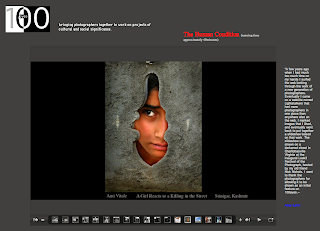Copyright © Tatiana Cardeal. All rights reserved.
Reprodução proibida. © Todos os direitos reservados.
Many mothers and grandparents of young people who were sexually exploited share a history in common: rear children and grandchildren who never knew their own father.
At BR-163, several cities were born of goldmines and activities that attracted outsiders, temporary workers with no local ties. It is a cycle that repeats itself.
Young girls become pregnant from men that never return. The children are reared without a family structure, and are often abandoned with grandparents or sold to networks operating in other states or countries.
Many of the children sexually exploited in the region are sons and daughters of this vicious cycle.
Check out my website, the BR-163 Highway's gallerie, for more images and information.


